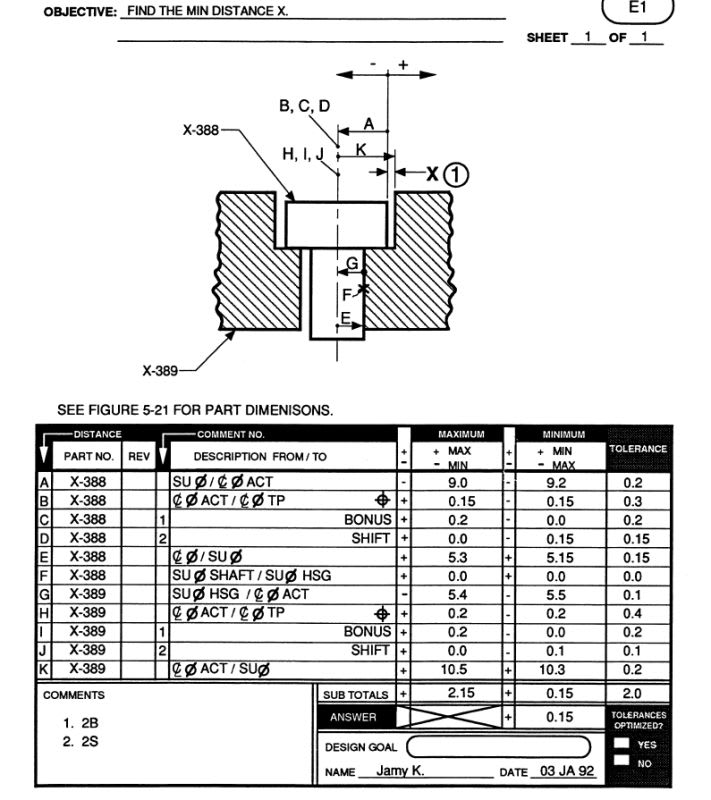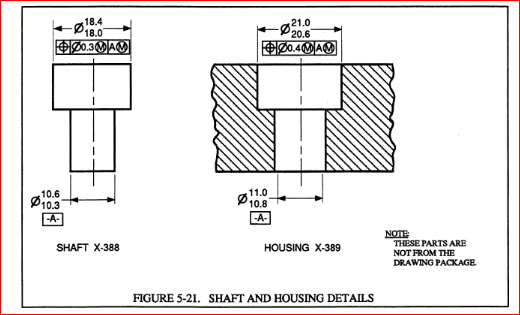greenimi,
First of all, my apologies for late reply but I am working on a few things this week, thus the delay.
I will start by saying that my experience with a variation analysis software is limited to VIS VSA, (which I have been actually using quite extensively in a recent period of time), however I had a chance to see some materials that compared VIS VSA with other software, like 3DCS, and my observation was that even for really simple cases results might not be the same. I didn't really analyze the root cause of it, though.
I would say that from tolerance analysis perspective the assembly we have been discussing here is indeed relatively simple case, but only at first glance, and therefore I wouldn't really expect the numbers obtained by a software (let's focus on VIS VSA) to match with the spreadsheet numbers. There are a few reasons of that (some of which I should have probably mentioned in my previous reply):
1. VIS VSA uses Monte Carlo statistical sampling method and is able to produce the same results as RSS spreadsheet only if all the contributors affecting calculated gap meet assumptions of RSS method.
2. One of core assumptions of RSS method is that all contributors in the stack are independent of each other. As can be easily imagined, this is not true in the discussed scenario, where bonuses depend on the actual sizes of the toleranced features, and the datum shifts depend on the actual sizes of the datum features. The conclusion can be that technically the spreadsheet RSS numbers are simply incorrect in this and other similar cases. So in real life, the methodology is very often modified, as mentioned by J-P, in different ways. One example can be a "Weighted RSS" approach, where the RSS total tolerance is multiplied by a factor (for instance 1.5) to account for lack of independence of the contributors or, for example, for the fact that not all contributors in the stack are normally distributed.
3. By default, VIS VSA performs 3D analysis. The excel analysis is solely 1D, so it does not take into account all the rotational effects that might happen in a real assembly. Therefore, the default VIS VSA results cannot and should not be the same. These rotational effects come from different sources. One is possible looseness between components in the assembly allowing for rotation. Second is the fact that by default geometric tolerances (like position) are split in VIS VSA into location and orientation components - in other words, the fact that there is a tolerance of position of 0.3 doesn't automatically have to mean that whole 0.3 contributes to the translation of a feature only. Some portion of it is used as an orientation contributor.
It is possible (to some extent) to simplify the 3D analysis and make it 1D-like (by turning off some of rotational effect), but that's the process used usually to validate if the entire analysis has been prepared correctly, and not something that would normally be done when trying to get 3D results.




